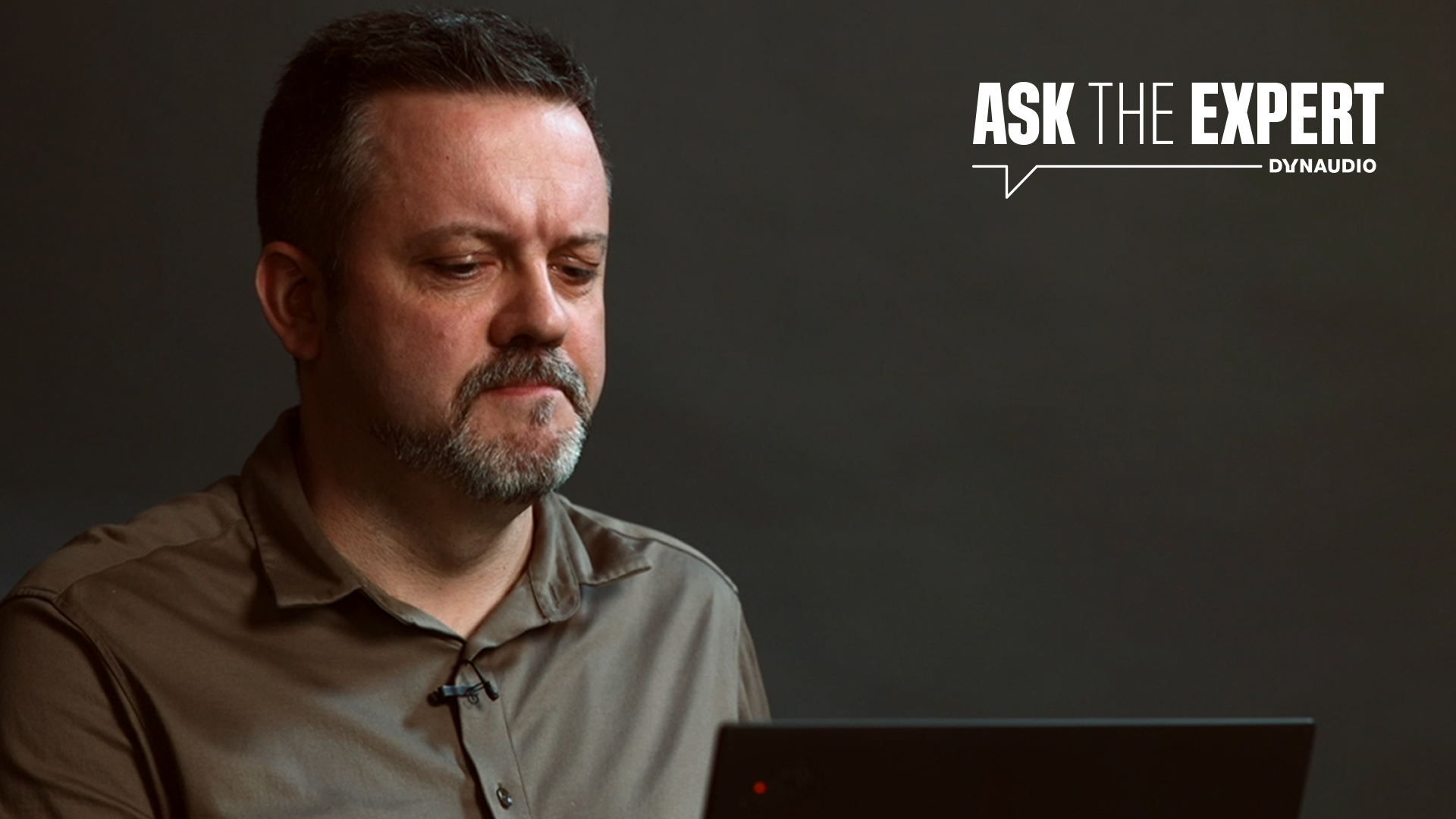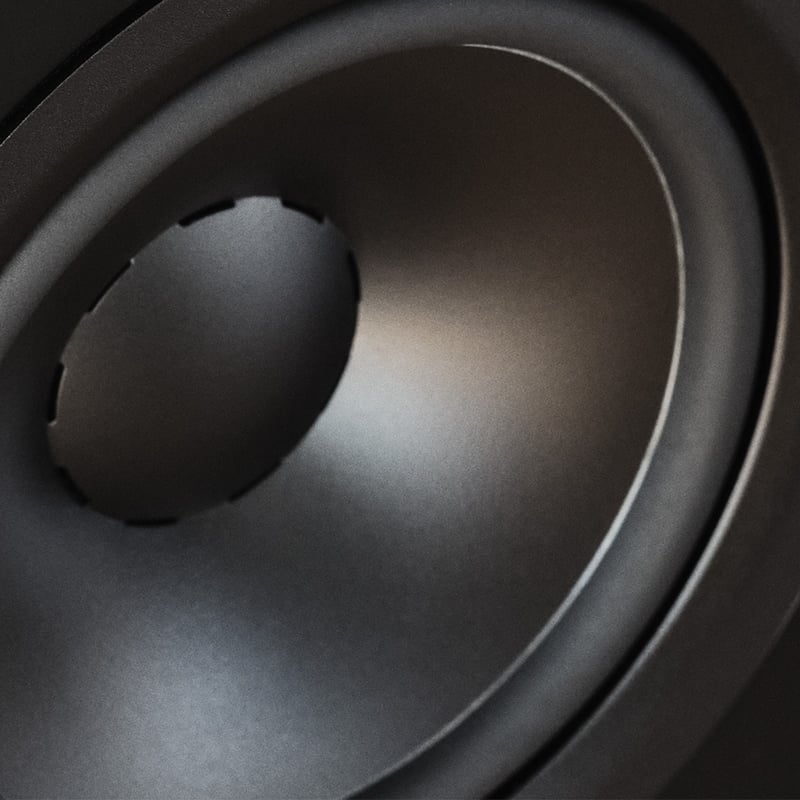In this episode of Ask The Expert we attempt to answer a rather tricky question…
Please don't hesitate to help keep our resident experts busy by sending a question via the form at the bottom of this page – 'Send us your questions' – and we'll endeavour to feature it a future episode.
Why doesn't Dynaudio do a passive, infinite baffle, two-way standmount?
This is a fairly complicated question, the reason being that – if you take it literally – it doesn't make a whole lot of sense. Let us explain why. Normally when we use the term 'infinite baffle,' it refers to a very big speaker. It means that you would build a speaker which has so much air in the cabinet, that when the driver is moving, it wouldn't cause compression of the air inside the cabinet.
It would require such a big cabinet to hold the required amount of air, that the resulting profile would definitely not be that of a standmount speaker. That's why a so-called infinite baffle design for a two-way standmount speaker doesn't really make much sense.
Now that we've directly addressed the question, we can talk a little more about what is meant by the terms 'infinite baffle.' Sometimes, when people say 'infinite baffle' when what they really mean is a sealed box design.
These two terms are often conflated, but if we take the original question and rephrase it as 'why doesn't Dynaudio do a passive sealed box two-way standmount speaker?' then it suddenly makes a little more sense.
The 'passive part' of the question probably stems from a comparison to Focus 10, for example. Focus 10 is an active, sealed, standmount speaker. So why don't we make a passive version of that? In short, it's because – when you have a sealed box – you are changing the way the sound in the bass response rolls off from the box. We can utilise this in an active speaker, by using the EQ to extend the bass, meaning that in a Focus 10, we can play very, very low bass frequencies, despite the small size of the box.
In a passive speaker, this isn't really possible because there's no option to manually EQ the speakers. That's also why most of our passive speakers are ported speakers, i.e not sealed.
However, all of our ported speakers come with a foam plug. If you insert that foam plug into the port, you are actually creating a sealed box speaker. So in effect, you can create a passive, sealed box two-way standmount speaker out of any of our speakers simply by inserting the foam plug into the port.
In general, foam plugs form a relevant discussion in themselves, and with that in mind, we may well cover them in a future episode of Ask The Expert.
Send us your questions
Don't forget to submit your questions to our experts via the form below – they might just get featured in a future episode of Ask The Expert!







